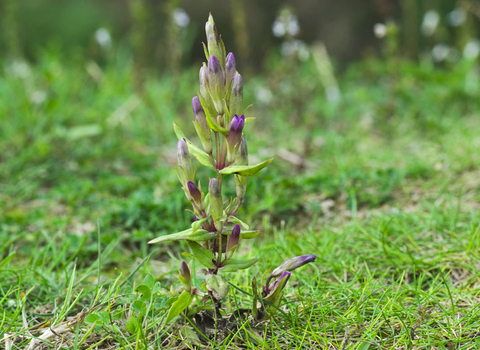
©Northeast Wildlife
Autumn gentian
A late-flowering plant, Autumn gentian displays pretty, mauve, tube-like flowers atop its reddish stems. It favours dry, chalk grassland and sand dune habitats.
Gifting membership? Order by Wednesday 17 December in time for Christmas.

©Northeast Wildlife